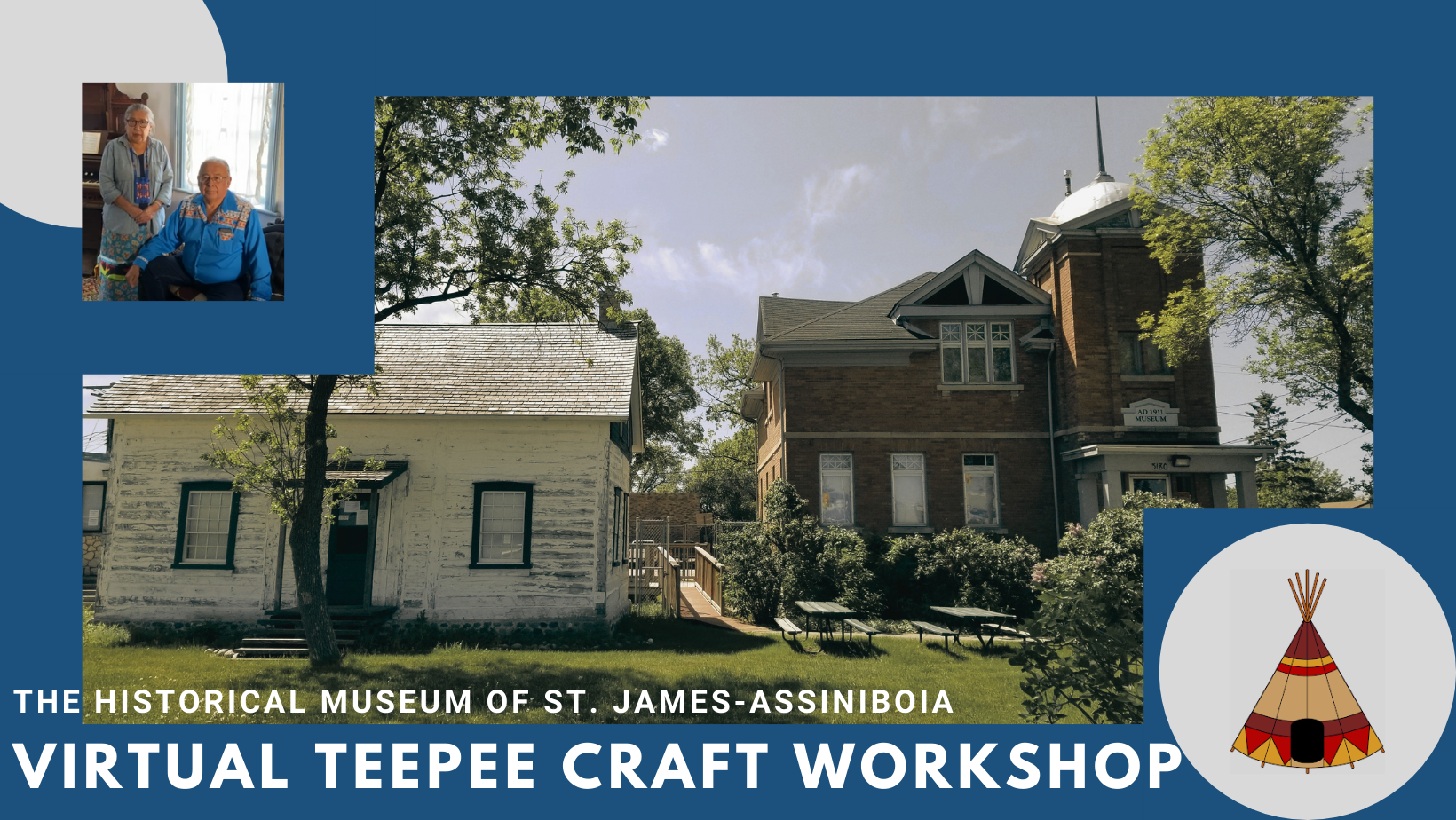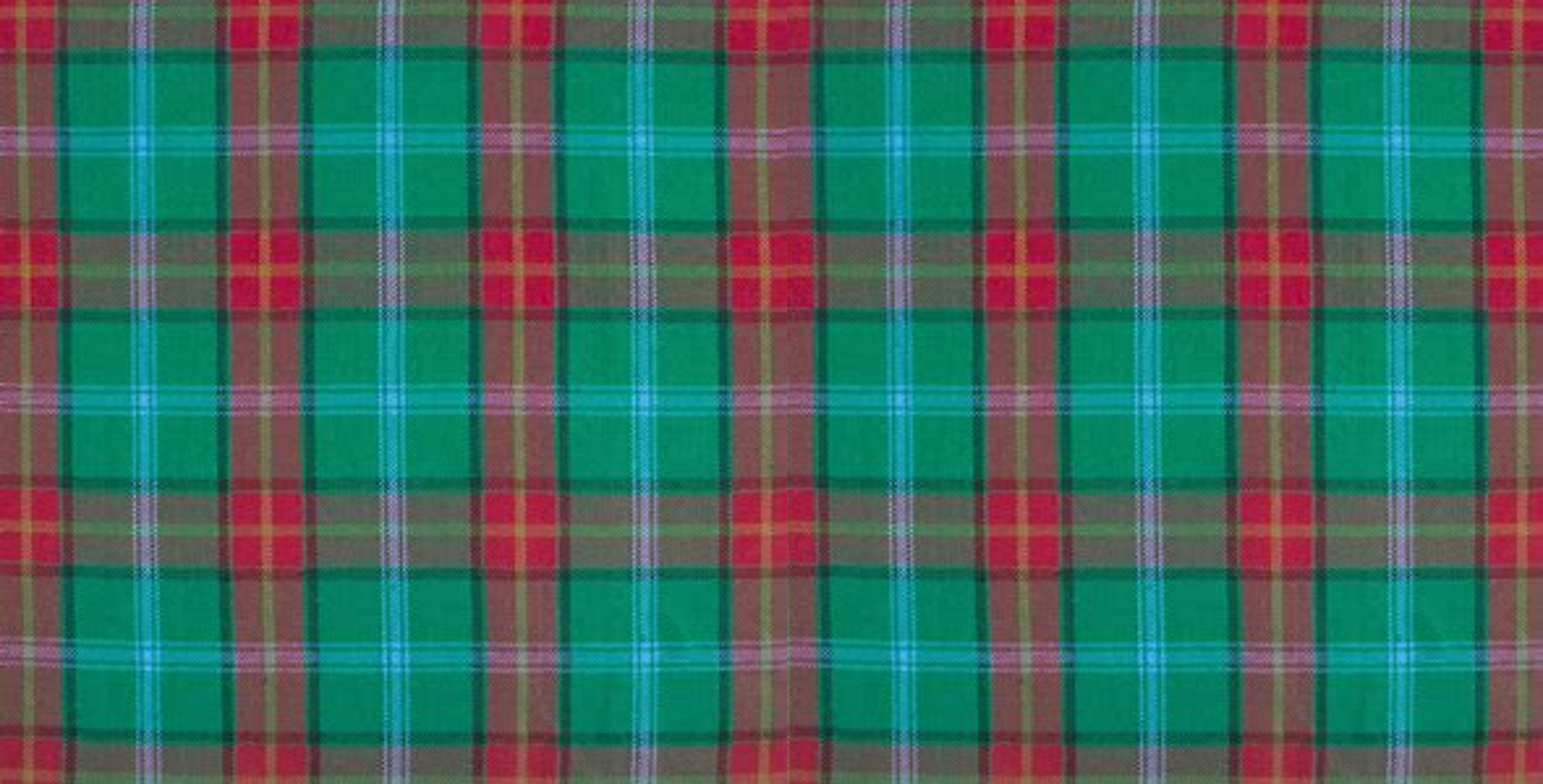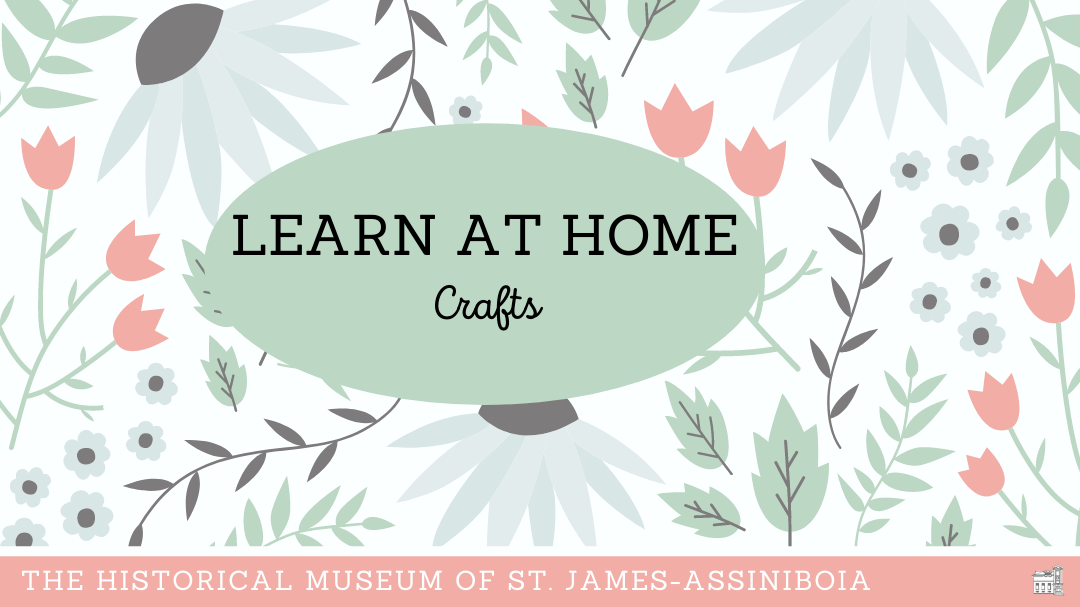Toys of the Past
What kinds of toys did Santa bring to kids 50, 100, or 150 years ago? Take a look!

Iron horse – 1860s
Canada was becoming increasingly industrialized in the 19th century, making cast iron a much more accessible material for toys like this horse. It would have originally had wheels.

Ball and cup games – 1800s in Canada
Variations of ball and cup games could have originated as early at the 14th century! With this reproduction, the ball is flicked from one cup to the other.

Perpetual motion toy – 1930s
Perpetual motion toys use momentum to move “by themselves.” This wooden acrobat flips back and forth between the ramps on either side.

View-Master – 1940s to present
The View Master made its debut at the 1939 New York World’s Fair. It was inspired by Victorian era stereoscopes which featured 2-D pictures of buildings and wonders of nature from around the world. This one is the Model-C, which was produced between 1946-1955.

Board games -1960s-80s
Here are some board games that were most popular in the 1960s-80s. Have you played any of them?

“Ring the Stick”
Many Indigenous nations, including the Cree, Inuit, and Mi’kmaq played “ring the stick.” It was mostly just for fun but it also works to improve hand-eye coordination, something that was important for children who would one day have to hunt and provide for their communities. Traditionally, the game was made with sticks, sinew, scraps of leather, or bones.
This bone “ring the stick” toy was handcrafted by Elder Anthony, a local carver and artist, to display at the museum.
Craft Instructions:
Supplies:
- Large popsicle stick or any other stick
- Yarn or string
- Pipe cleaner
- Tape (optional)

- Tie one end of your piece of yarn to the stick. Tape in place.
- Twist the pipe cleaner into a circle. A larger circle will make the game easier and a smaller one will be more difficult.
- Tie the other end of the yarn to the pipe cleaner circle.
Game Instructions:
Swing the pipe cleaner ring into the air and try to catch it on the end of the stick. To compete with two or more players, take 10 swings each; the person who catches the ring the most times wins.













































